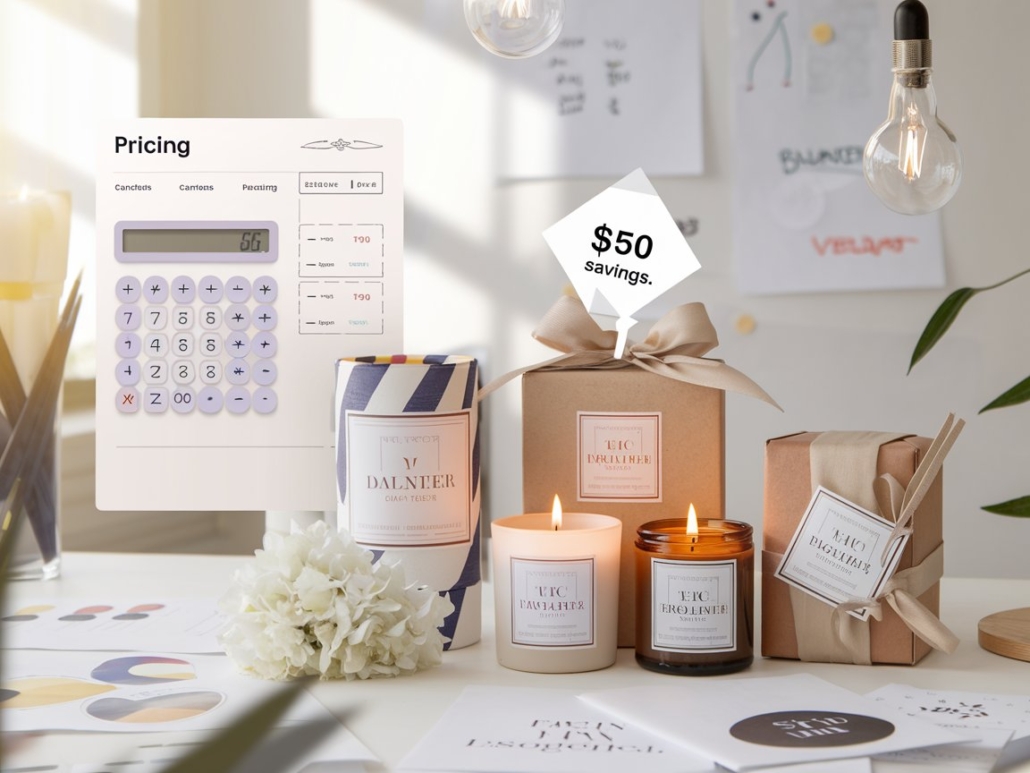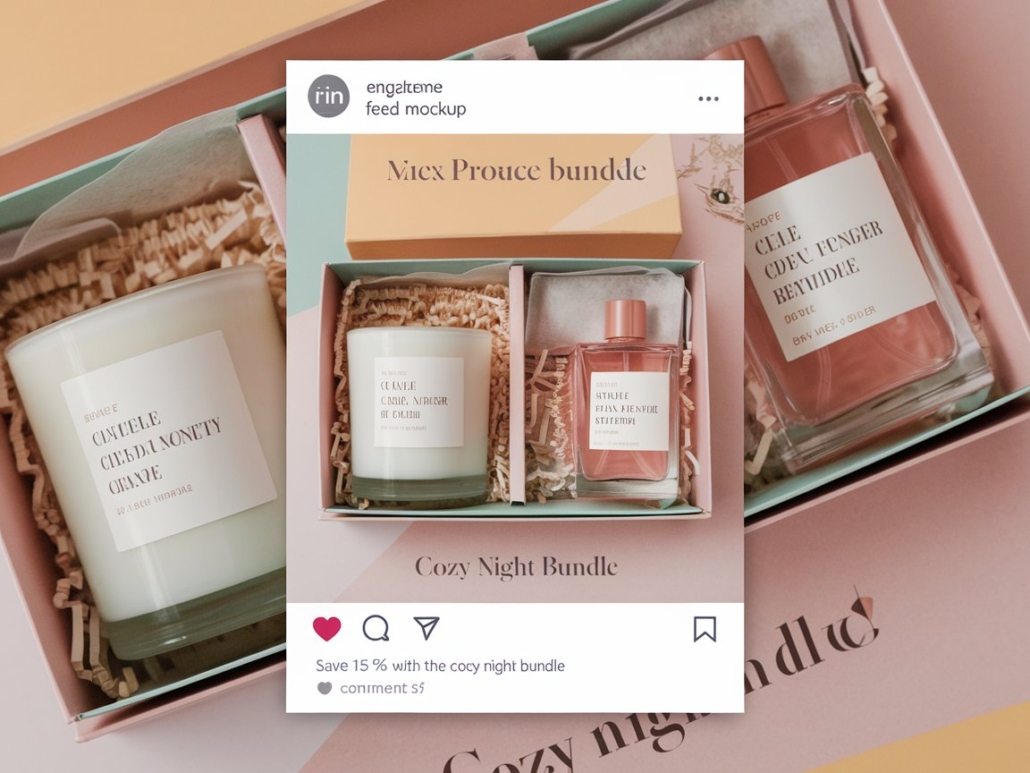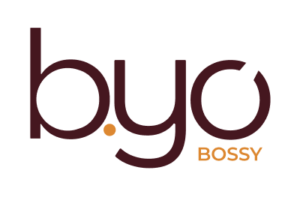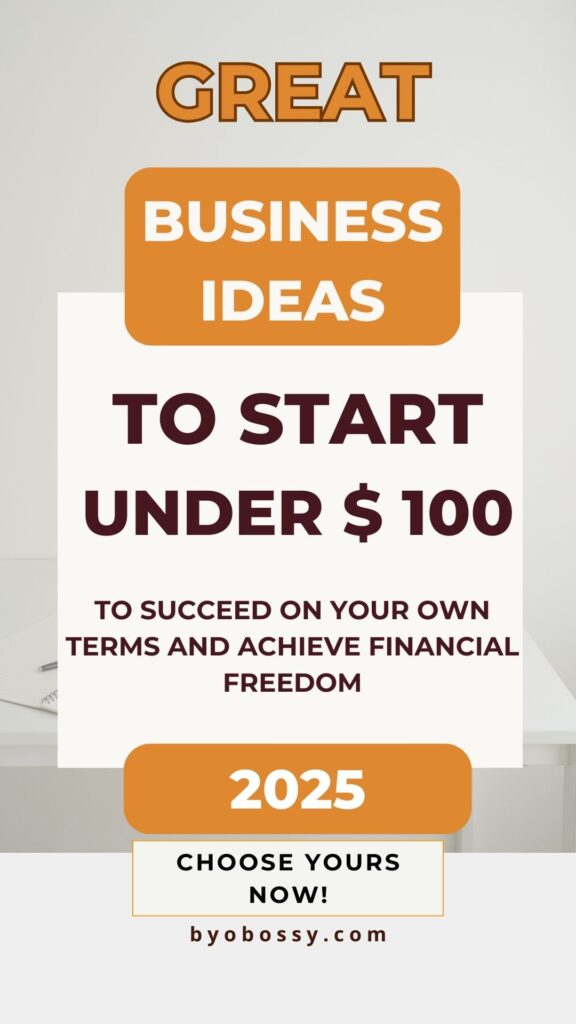Some businesses sell products. Others offer services. But you? You’re about to deliver a solution so perfectly packaged, that your clients will wonder if you’ve been reading their minds. That’s the power of bundling—where you take what you already do, shape it into something irresistible, and make it the easiest “yes” your clients have ever said.
When you bundle services and products, two things happen: First, you don’t just sell a product or a service—you deliver a solution that exceeds expectations and positions you as the go-to business. Second, those expectations you’re smashing? They don’t just impress your clients—they boost your revenue, big time. Talk about a win-win.
Now that you see the spark bundling can give your business, let’s dive into how to make it happen. Feeling unsure about where to start? Don’t sweat it—you’re exactly where you need to be. This post will guide you step by step in creating standout bundles for your products and services.
By the end, you’ll not only know how to start bundling but also have a head full of ideas tailored to your business. Let’s make some boss moves together!

What is Bundling and Why It Works
Bundling is more than just combining a few services or products—it’s about creating a cohesive experience your clients can’t resist. At its core, bundling is a strategy that gives your clients a solution rather than making them piece it together themselves. And when done right, it can transform how your business is perceived and how your clients connect with what you offer.
Why does bundling work so well? Here are a few reasons:
- It Simplifies Decision-Making: Clients are busy. Bundles remove the guesswork by presenting them with a clear, ready-to-go option tailored to their needs.
- It Adds Perceived Value: A bundle feels like more for less—a curated, thoughtful package that’s worth every penny.
- It Boosts Sales: Bundles naturally encourage clients to invest in more, often at a higher price point, while still feeling like they’re getting a great deal.
The magic of bundling lies in its versatility. Whether you’re a service-based business pairing a social media audit with content creation or a product-based maker offering themed gift sets, the possibilities are endless. The key is crafting combinations that meet your client’s needs and highlight your expertise.
Get your free worksheet to follow along with this blog post and start connecting with potential clients.

Step-by-Step Guide to Creating Bundles
Step 1: Identify Your Core Services or Products
Every successful bundle starts with a solid foundation: your core offerings. These are the services or products that define your business and make your clients come back for more. They’re your bread and butter—your standout, go-to solutions that consistently deliver results.
How to Identify Them:
- List Your Current Offerings: Write down everything you currently offer, from flagship products to smaller add-ons. Include even the items you don’t promote often—you might uncover hidden gems.
- Analyze Customer Feedback: Look at reviews, testimonials, and customer messages. What do people love most? Which products get the best feedback or solve the most frequent customer needs?
- Consider Profitability: Some products may be labor-intensive or expensive to produce. Focus on items that strike the right balance between value for your customers and profitability for your business.
- Think Scalability: Identify products that can be bundled repeatedly without adding extra work or complexity. For example:
- A candle maker could bundle three best-selling scents into a “Relaxation Trio.”
- A soap maker could create a seasonal gift set featuring complementary products like soaps, bath bombs, and lotion bars.
Example:
Let’s say you make handmade candles. Your top three offerings might be:
- Signature Scents: Popular, year-round fragrances like lavender or vanilla.
- Seasonal Favorites: Limited-edition candles for holidays or special occasions.
- Accessories: Matches, wick trimmers, or reusable jars that complement your candles.
Bossy Pro Tip: If you’re stuck deciding, ask yourself: Which products do your customers buy most often? What do they frequently pair together? These answers will help you build bundles that practically sell themselves.
A Note on Niches: For product makers, bundling can also highlight your expertise in meeting specific customer needs. For instance, a skincare business could create a “Starter Kit” for new customers or a “Luxury Pamper Set” for those who want to indulge.
Step 2: Add Value with Bonus Features
A great bundle isn’t just about combining items—it’s about delivering an experience that feels truly special. Bonus features are the secret ingredient that takes your bundles from good to irresistible. These thoughtful extras don’t have to cost much or take up your time but should add meaningful value, making your customers feel like they’re getting more than they expected.
For service providers, this might mean offering a quick guide like “Top 10 Social Media Tips” to accompany a social media audit or providing a follow-up email with actionable recommendations from a branding session.

For product makers, it could be a candle maker that includes a mini sample of a new scent, a soap maker that adds a reusable soap pouch, or a care guide for handmade products. These little touches build trust, enhance the customer experience, and give your bundles that irresistible edge.
Examples of Bonus Features:
- For Service Providers:
- A quick guide, like “Top 10 Social Media Tips” to go with a social media audit.
- A follow-up email with actionable recommendations from a branding session.
- A worksheet or template tailored to the service you’ve provided.
- For Product Makers:
- A candle maker could add a mini sample of a new scent.
- A soap maker might include a guide on how to care for handmade soaps or a reusable soap pouch.
- A jewelry maker could throw in a polishing cloth or a small charm.
Why Bonus Features Work:
- They Build Trust: Going the extra mile shows your clients you care about their experience and results.
- They Enhance the Experience: Clients and customers get more value, making them feel like they got a great deal.
- They Add Perceived Value Without Extra Cost: A PDF guide, for example, can be created once and used for multiple clients.
How to Choose the Right Bonuses:
- Keep It Relevant: Your bonus should feel like a natural extension of the bundle, not something random.
- Make It Easy to Deliver: Choose value-adds that won’t add much effort or cost to your workflow.
- Solve a Problem: Think about what your customers struggle with most and add a bonus that addresses it.
Pro Tip: It’s not about quantity—it’s about quality. One thoughtful bonus that aligns with your client’s needs is far more effective than a pile of unrelated extras. Keep it simple but impactful.
Step 3: Combine Complementary Offerings
Creating a winning bundle is like assembling a puzzle: each piece should fit perfectly to deliver the bigger picture.
The magic lies in how you pair your services and products to create a seamless, satisfying solution for your clients. Bundling services and products strategically isn’t just about convenience—it’s about showing your clients you’ve anticipated their needs and created a package just for them.
Steps to Craft the Perfect Bundle:
- Define the Problem You’re Solving: Start with the “why.” What common challenge do your clients face that this bundle can address? For example:
- A wellness coach might bundle meal plans with weekly coaching calls to help clients stick to their fitness goals.
- A candle maker could package holiday scents with gift-ready extras to solve last-minute gifting stress.
- Focus on Flow: Each item in your bundle should make sense together. Avoid combining random services or products that feel unrelated. The goal is to create a bundle that feels cohesive and intentional.
- Name Your Bundles Creatively: A great bundle deserves a great name! Skip the generic “Starter Package” and go for something catchy, like “The Glow-Up Bundle” for skincare products or “Content Kickstart” for social media services.
Pitfalls to Avoid:
- Overcomplicating: Too many items can overwhelm clients. Stick to 2–4 complementary offerings.
- Undervaluing Your Expertise: Don’t bundle just to discount. Make sure each package reflects your worthwhile offering value.
- Random Pairings: Bundles that don’t make sense will confuse, not entice. Be strategic in your combinations.
With this approach, your bundles will do more than sell—they’ll position you as the expert who understands exactly what your clients need. Next up, let’s price those bundles to maximize your value and appeal.
Step 4: Price Your Bundles Smartly
Pricing your bundles is where strategy meets creativity. Your goal is to find the sweet spot where your clients see undeniable value, and you feel fully compensated for your time, expertise, and resources. The right price makes your bundles irresistible without undervaluing your work.

Steps to Set the Perfect Price:
- Calculate the Total Value: Add up the individual prices of each service or product in the bundle. For example:
- A branding session ($300) + a content calendar ($200) + Canva templates ($50) = $550 total value.
- Offer a Meaningful Discount: Create perceived savings by pricing the bundle slightly lower than the sum of its parts. Example:
- Bundle price: $500. Clients save $50, which feels significant but doesn’t cut into your profitability.
- Highlight the Savings: Always communicate the value and savings clearly. Instead of just stating the price, emphasize, “This bundle saves you $50 compared to booking services individually.”
- Ensure Profitability: Double-check that your price still compensates you fairly for your time, effort, and materials. If a bundle feels too discounted to make sense for your business, adjust.
What About Tiered Pricing?
Offering bundles at different price points can help you cater to a wider audience. For instance:
- Basic Bundle: Includes one core service or product with a small bonus (lowest price point).
- Mid-Tier Bundle: Adds another complementary service or product with a meaningful value-add (moderate price).
- Premium Bundle: Everything you offer, plus exclusive bonuses or perks (the highest price).
Bossy Pro Tip: The way you present your price can make all the difference. Use positive, value-focused language like “invest in your growth” or “gain access to expert solutions” instead of focusing on the cost. Help your clients see the benefits they’ll walk away with, not just the number on the invoice.
Step 5: Market Your Bundles Like a Pro
You’ve crafted irresistible bundles—now it’s time to make sure your ideal clients know about them. A smart marketing strategy is the bridge between your bundles and the customers who need them. The key? Position your bundles as the solution they’ve been searching for, and make it easy for them to take action.

How to Promote Your Bundles:
- Add Them to Your Website: Create a dedicated “Packages” page or update your service/product pages to feature your bundles. Use clear calls-to-action (CTAs) like “Get the Bundle” or “Book Your Package” to guide visitors.
- Leverage Social Media: Showcase your bundles in action. Post client success stories, bundle breakdowns, or behind-the-scenes content about how they’re created. Visuals, like before-and-after shots or mockups, work wonders.
- Run an Email Campaign: Announce your bundles to your email list with a strong subject line like “Your All-In-One Solution Is Here!” Include time-sensitive offers to create urgency.
- Use Testimonials: Highlight feedback that shows the results your clients or customers have achieved with your services or products. Testimonials build trust and credibility, making it easier for new customers to say “yes.”
- Tap Into Networking Groups: Share your bundles in relevant Facebook, LinkedIn, or niche community groups where your target audience hangs out.
Make Your Marketing Stand Out:
- Focus on the benefits: Instead of listing what’s in the bundle, show how it solves your client’s pain points.
- Use a personal touch: Create relatable copy that speaks directly to your audience, making them feel like the bundle was made for them.
- Include visuals: People are drawn to attractive images, so make sure your bundles look as good as they are.
Bossy Pro Tip: Consistency is key. Mention your bundles across multiple channels—website, social media, email—to increase visibility. People may need to see your offer several times before they act, so don’t be shy about promoting it.
Get your free worksheet to follow along with this blog post and start connecting with potential clients.

Conclusion on how to bundle services and products
Bundling your services and products is more than a sales tactic—it’s a way to deliver value, build trust, and create a seamless experience for your clients. With the steps we’ve covered, you’re equipped to craft bundles that showcase your expertise, meet your clients’ needs, and give your business a revenue boost.
Here’s what we’ve achieved today:
- We identified the core services or products that set the foundation for your bundles.
- Learned how to add thoughtful bonus features that elevate the experience.
- Strategized on combining offerings to create cohesive, irresistible packages.
- Mastered smart pricing techniques to highlight value without compromising profitability.
- We developed a plan to market your bundles effectively and reach your ideal audience.
BTW: I also wrote a post on business Ideas to Start Now, that I know you are going to love: Great Potential Business Ideas for 2025 – Part 1
Now it’s your turn to take action. Start with your favorite service or product and experiment with pairings that feel natural and exciting. Remember, your bundles don’t have to be perfect from the start—refine them as you go based on client feedback and results.
Ready to dive in? Download your free Service Bundling Worksheet to get started. It’s your step-by-step guide to turning your ideas into bundles your clients won’t be able to resist. Your business deserves it, and so do your clients. Let’s make some boss moves together!
Thanks for sharing this beautiful business journey with me.🧡
Fabi Terra

About The Author
Fabiana Terra is the creative mind behind BYO Bossy and a passionate business administrator with a postgraduate degree in marketing and communications. With over 2 decades of experience, she loves helping solopreneurs and small business owners turn their dreams into thriving realities that fit their unique visions and goals. Fabi makes the journey to success easier and more fun by providing practical tools and down-to-earth advice, so anyone can dive into entrepreneurship, even if they’re just starting out!
She says we can smile all the way to success!


